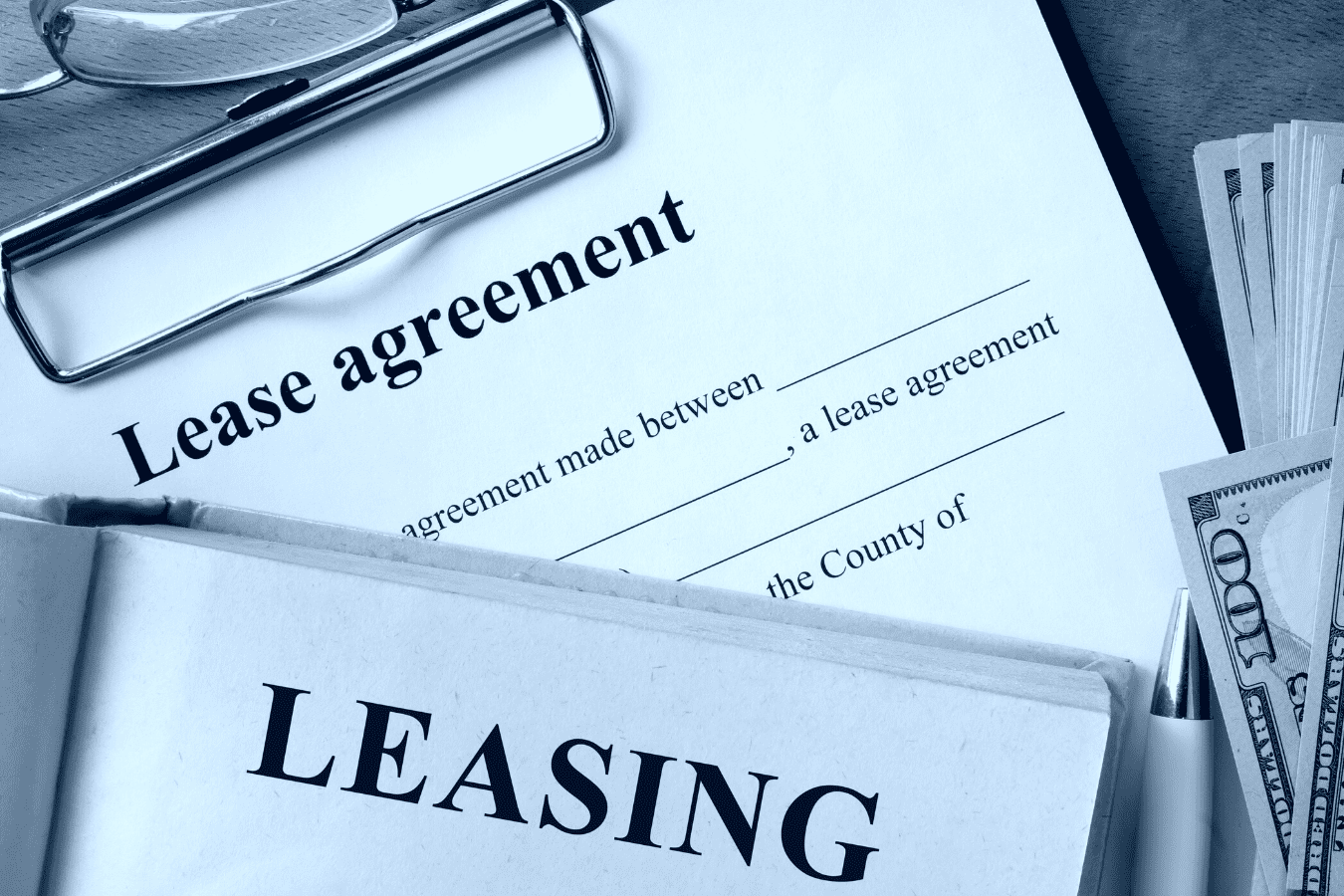A mineral rights lease is a contractual agreement in which a mineral rights holder grants another party the right to explore, drill, develop, and produce a mineral asset on a parcel of land for a period of time. It’s critical for mineral rights holders to understand the terms of a mineral lease agreement before negotiating and ensure that it provides adequate legal protection for its duration.
Mineral rights come with some lucrative advantages. But for the average rights holder, those advantages rarely involve personally extracting the minerals. After making the capital investments necessary to explore and develop deposits, it becomes less profitable than other alternatives. As a result, many rights holders consider leasing mineral rights to another party via a mineral lease agreement.
As the term might suggest, a mineral lease is a contractual agreement in which a mineral rights holder grants another party the right to explore, drill, develop, and produce a mineral asset on a parcel of land for a period of time. For example, an oil and gas company may want to enter into a mineral lease agreement in hopes of extracting oil or gas from below the property — in exchange for royalty payments, of course.
Examining Mineral Lease Agreement Terms
It’s critical for rights holders to understand the terms of a mineral lease agreement before signing and ensure that it provides adequate legal protection for its duration. Otherwise, it could spell trouble down the line.
Here is a short glossary of terms to review:
• Granting clause. The granting clause details the rights granted to the other party. It can include which specific activities are permitted, such as exploring by geophysical, geologic, and seismic methods; placing and storing equipment on the property; or transporting assets by way of pipelines.
• Term limits. Typically, there are two parts to a term clause: primary and secondary terms. Primary terms range from three to five years, while secondary terms last as long as the oil and/or gas well is producing, which often grants mining companies the right to continue drilling and extracting assets for many years.
• Royalty percentage. It isn’t uncommon for parties to subtract fees from royalty payouts, reducing the amount of income holders earn from their mineral rights. Depending on the mineral leasing act regulations of the area, holders could also be subject to additional taxes.
• Surface protection. Surface protection guarantees compensation to the holder should the other party alter or disrupt the land or other things on it, including homes, crops, fences/gates or water. If this isn’t specified in the lease, the holder could be on the line for additional costs.
However, knowing what could be included in a mineral lease agreement is just half the battle. There’s also the matter of negotiating with the other party to ensure the lease is mutually beneficial.
Negotiating Better Terms When Leasing Mineral Rights
In addition to learning about what a lease entails, mineral rights holders should research the interested party to determine if they are a good fit. After all, the mineral extraction process could present risks to the property or assets. Forming a mutually beneficial agreement with a fair party will make navigating potential roadblocks easier.
Consulting with an attorney who’s well-versed in mineral lease agreements is key, and the same can be said for enlisting the help of a third party to manage the process of leasing mineral rights. It’s essential to verify what’s being said against what’s been put in writing. Without proper precautions, an oil and gas company could take advantage of someone’s goal of securing another source of income through a mineral lease agreement. No one wants to end up with a deal that isn’t as profitable as it could be.
Matt Autry, President of Oil and Gas at Valor, possesses 15 years of oil and gas industry experience that ranges from working as a landman to owning and managing minerals. Matt’s primary focus has been on the land management side of business, including mergers, trades, acquisitions and divestitures in Texas, New Mexico, Oklahoma, and North Dakota.
The information provided by Valor in this blog is for general informational purposes only, not to provide specific recommendations or legal or tax-related advice. The blog/website should not be used as a substitute for competent legal advice from a licensed professional attorney in your state.






